HMS Duncan, a Type 45 destroyer in, is ready for a fresh bout of duties with NATO following a formal rededication ceremony in Portsmouth, its home base.
Lady Marie Ibbotson, who initially launched the ship in October 2010, was the guest of honour at the event.
“Ready for renewed duties with NATO is destroyer HMS Duncan, formally rededicated in her home base of Portsmouth“, said the official press release. After spearheading a NATO task group in the Mediterranean in 2018/19, the warship has undergone a comprehensive two-year upgrade.
Since the start of the year, the 200-strong ship’s crew have been priming the fleet’s newest destroyer for renewed operations. Having aced the Royal Navy’s foremost test, Operational Sea Training, off Plymouth, the destroyer was sent to the Mediterranean to participate in the extensive French/NATO exercise, Orion.
The exercise, “involving more than two dozen warships operating across a vast area of the northern Med for two weeks where the action never stopped“, was the final stage of HMS Duncan’s regeneration. The successful completion of the exercise marked the official ‘rebirth’ of the warship.
Guests at the formal ceremony commemorating the ship’s return to active service were offered lunch and a comprehensive tour of the affiliated ship. For some, this marked a nostalgic return to Duncan after several years, while for others, like the students of Manchester University Royal Naval Unit, it was their first encounter with a Royal Navy warship.
HMS Duncan’s upcoming assignment will mirror its last one – serving as the flagship of NATO’s Standing Maritime Group 2 in the Mediterranean. However, the geopolitical landscape has seen significant shifts since 2018/19. Duncan is slated to deploy later this spring.




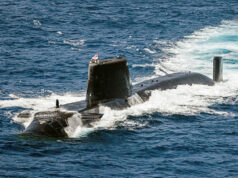

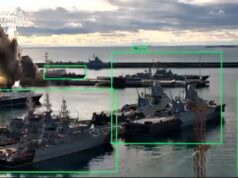
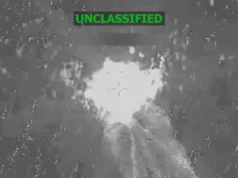

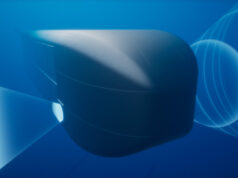
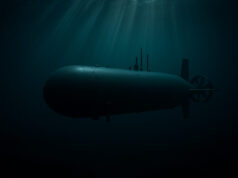



Theatre command and control was what T45 was designed to do.
She is so much more than ‘just’ an AAW platform.
Am uncertain whether HMS Duncan has undergone PIP, as opposed to Dauntless, Daring and Dragon. If indeed the case, quite interesting that the ship participated in a Med exercise, as opposed to North Atlantic duty. Indicative of development of viable mitigation procedures by RN? 🤔
The PIP’ed T-45’s could now eventually do ASW tasks with a towed array fitted.
Filling in for a T-23 that maybe scrapped.
The T-45’s are AAW Destroyer’s they are to noisy to be much use in a ASW role
The T-45’s with their new diesel gens would run slowly at a few knots without the GT’s running, with a towed array attached. Only little emission.
With only 6 T45’s we need them to be doing what they was designed for and are incredibly good at which is AAW, if we try and take it out of it’s primary role for ASW then we will leave gaps elsewhere. What we need is to speed up the T26 delivery if possible to take over the ASW requirement’s.
I agree when T-45s are deployed in their primary role of AAW assets, such as of CSG defence, then that priority takes preference.
But deployed as an standalone patrol, both AAW and ASW tasks can be pursued.
It wouldn’t hurt to have some kind of ASW capability on the T45 for when as you say they are on a standalone deployment but with the PIP and also the CAMM upgrades that will soon added, they will be spending a lot of time in drydock already to fit these enhancements so adding more will be taking them out of action for even longer. You would hope that the RN would not send them in a location on their own that is expected to encounter a sub, I think they are also usually sent out with a Merlin helicopter which can do sub hunting if the threat occurred.
Are any of the T45s getting NSM fitted this year?